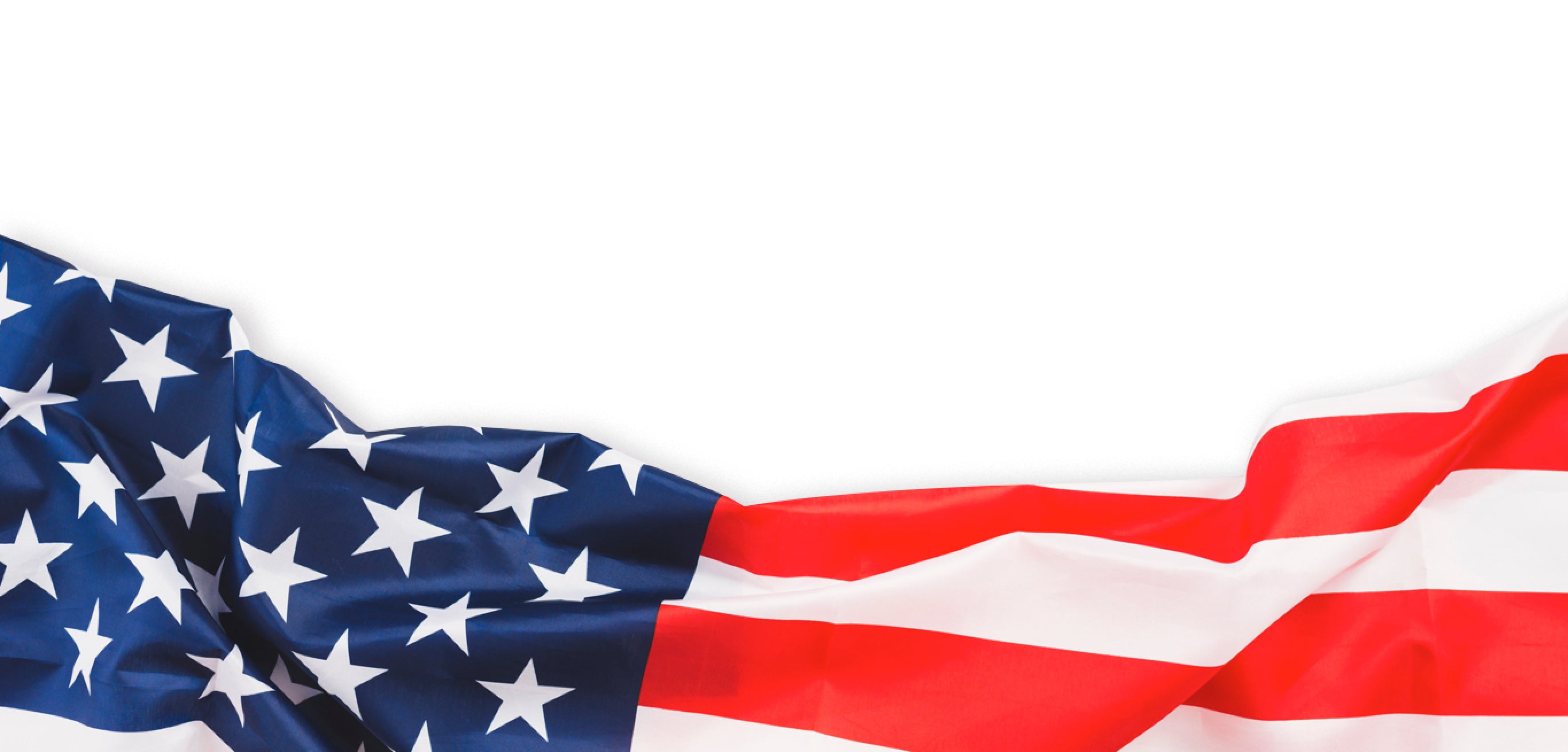
The Historical Significance of the 1952 Republican National Convention
Justin Humphries,
Every four years, the Republican Party holds a national convention to determine which candidate will represent the party on the presidential ballot. It’s a practice that’s accompanied by much fanfare, and it’s a chance for the party’s major delegates to come together in a consensus as to which candidate will best-represent party and country.
However, there’s not always a general consensus. In fact, throughout history, there have been several Republican national conventions that’ve been marked by uncertainty—and sometimes open disagreement. This usually culminates in a brokered convention.
Perhaps the most famous brokered convention of all was the 1952 Republican National Convention. This year wasn’t only a tumultuous year for Republicans—the Democrats faced their own contested convention. For now, however, let’s take a look back in time at the historical significance of the 1952 Republican National Convention.
Setting the Stage for the 1952 Republican National Convention
From July 7 through July 11, 1952, the last brokered Republican National Convention unfolded at the International Amphitheater in Chicago, Illinois. This Republican National Convention is remembered for quite a few reasons.
First, there was no majority when the first roll call was held, leaving General Dwight D. Eisenhower and Senator Robert A. Taft to go head-to-head to try to win the nomination—which ultimately went to General Eisenhower.
Another reason to replay the historical significance of the 1952 Republican National Convention was due to the efforts taken by General Eisenhower to achieve party harmony shortly after he received the nomination.
The following will highlight in greater detail how the 1952 Republican National Convention played out and why it's significant today.
No Winner at the First Roll Call
When the candidates vying for the Republican nomination arrived at the Republican National Convention on July 7, 1952, there was no clear winner before the votes took place. As it turned out, two of the leads in the race, General Eisenhower and Senator Taft, received the top votes during the first roll call—but neither one had the required majority of 604. General Eisenhower had 595 votes and Senator Taft had 500. The two contenders then went head-to-head to try to win the majority of the votes.
General Eisenhower Wins the Nomination
Once it was clear that one of the contenders, former Minnesota Governor Harold E. Stassen, hadn't secured 10% of the votes, his Minnesota delegates were free to vote for someone else. 19 out of 20 votes initially went to General Eisenhower, giving him the required majority of votes even before the first ballot results could be announced.
General Eisenhower would later go on to receive a unanimous nomination as the other states followed suit and went on record as voting for the clear winner. Even though the voting, in the end, was unanimous, it was a divided convention before that final vote.
Party Harmony is General Eisenhower's First Endeavor as Nominee
After General Eisenhower received the Republican presidential nomination and Senator Richard M. Nixon accepted the vice-presidential nomination, General Eisenhower immediately began ensuring that Republican unity would exist and the party would join together to secure a Republican president in the election.
As he made his nomination acceptance speech, General Eisenhower promised to bring the party together and fight as hard as possible to see a Republican take the presidency—as well as see the House of Representatives and Senate with the Republicans in control.
What We Learned from the 1952 Republican National Convention
The 1952 Republican National Convention is a prime example of a contested convention, when one candidate isn't the certain frontrunner when the nomination proceedings get underway. In this case, no one candidate was sure to take the nomination. Both General Eisenhower and Senator Taft were fighting for the nomination even up to the first ballot.
Another lesson gained from this event is that, when there is a contested convention, the individuals who are responsible for picking a nominee can change their votes once the contested convention occurs. In other words, one delegate may start the convention with one vote in mind and wind up voting for someone entirely different if a contested convention occurs and the nomination must go through multiple ballots. Therefore, unless there is a clear winner in the very beginning, a lot might change within just a few days from the time the convention begins to the time the votes are cast.
A Historical Year for Presidential Elections
As mentioned, 1952 wasn’t just a historic year for Republicans. The Democratic National Convention was also a contested one. In the end, both parties managed to settle on a candidate, and General Dwight D. Eisenhower and Governor Adlai Stevenson went head-to-head on the ballot. As history tells us, Eisenhower and the Republicans were successful in their bid for party control.
The Republican National Convention of 1952 was an exciting point in history, and one that contributed to the shaping of our nation. It’s certainly not going to be the last brokered convention, but it’s definitely one of the most memorable.
Visit The Flag Shirt and explore our large selection of patriotic clothing. From American flag polo shirts and button down shirts to patriotic neckties and other accessories, you’ll find any type of American-themed clothing and accessories you’re looking for! Come browse styles for men, women and kids, and show your patriotic spirit in the most stylish way possible.













